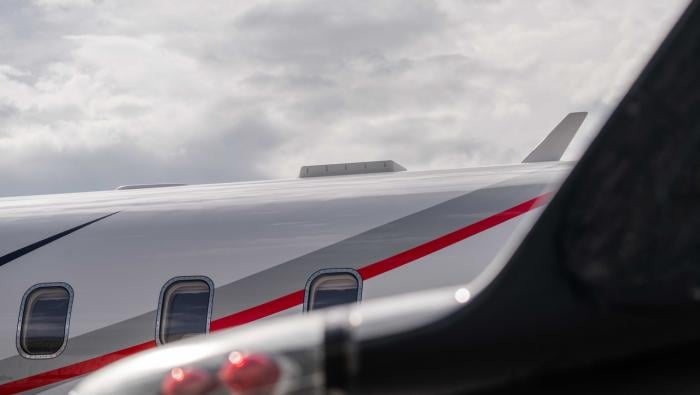During a discussion with a friend recently he touched on a problem he and most others in his industry are having. It seems that the labor market has been getting tighter for certain kinds of employee. He was not talking about the MBA types or the attorneys as we seem to produce more than enough of them to satisfy demand.
I soon found myself engaged in an interesting discussion about the careers that remain available in the U.S. manufacturing industry. At first I asked myself, “What manufacturing?” since in the near future it will all be done in Asia or South America. I soon learned that what is emerging as today’s manufacturing will differ significantly from what we have known in the past.
Much of our manufacturing is done offshore and shipped here for final assembly or integration into a larger system. The manufacturing personnel needed for this type of task are much different from what was required just a few years ago. My friend went on to explain how difficult it had become to find the type of person needed to fill these positions even though the financial compensation being offered was the highest ever and on par with that for jobs that require a more formal education.
I continued to think about how this development relates to aviation today, first in manufacturing but then in operations. Today’s aircraft manufacturing is different from only a few years ago, since many of the components now are made outside the U.S. For example, Boeing brings together many subassemblies from around the world to be integrated into a highly complex aviation product.
Airbus has been building aircraft in a similar manner for years. Major assemblies of its aircraft are built all over Europe and then shipped for final assembly. There are a number of people within these organizations who we think of as assemblers but who are playing a much more valuable role as integrators.
Operational Changes
It is clear that some of the same changes have already taken place in the operating environment, too. Look at how the training process has evolved. More and more required flight training is being accomplished by training providers outside the company that is operating the aircraft. This can be seamless and beneficial, provided the operating company maintains adequate oversight and control of content and delivery.
Operating a flight-training facility equipped with full simulators has become extremely expensive. One way to boost the bottom line is to increase utilization by allowing other operators to use the equipment when you are not using it or allow a third party to operate the facility for you and offset some costs by additional use.
For the past several years the airlines have been closing their maintenance facilities and sending the work to third-party providers. The considerable savings generated by this shift have been accompanied by a number of internal and external problems. Repair stations have suffered growing pains trying to expand their operation by increasing the size of their facilities and attracting qualified technicians.
Although the airlines have furloughed thousands of mechanics, many of whom choose not to relocate, most have found there is life after aviation and their skills are in demand. This has forced repair stations to hire unlicensed personnel to accomplish the work, placing additional burdens on the repair stations and their airline customers.
Some of the displaced airline mechanics have chosen to stay with aviation and have looked to business aviation for possible employment. On the surface it could be beneficial for business aviation to capture someone with considerable experience as a mechanic, but you sometimes have to look behind the years in the job before you can judge a person’s value to your organization.
I have two friends who have worked for the airlines for similarly long periods of time. Mechanic A has spent most of his career in the shop area where galleys are worked on. He knows more about ovens and coffeemakers than I’ve had hot dinners. The other has worked in many capacities–from line maintenance, quality control and quality assurance to auditing and overseeing repair facilities.
These might be extreme examples, but you can appreciate how difficult it would be for some of the experienced airline mechanics to make the transition to business aviation. I have already seen some of the mechanics who wanted to stay in aviation out of necessity take employment in other industries, and aviation won’t get most of them back.
Almost all of the aviation forecasts for this year show across-the-board growth. If that is true, and I believe we are seeing some of that uptick already, then we are heading toward the problem my friend mentioned. It will be difficult to get the kind of person who has the skills to contribute to growth of our industry. The events of the past five years have driven many good people from our industry. The supply of new people willing to work in this challenging career field has been declining for many years and is at such a low rate now that we are not replacing annual retirements.







